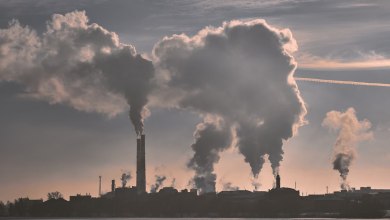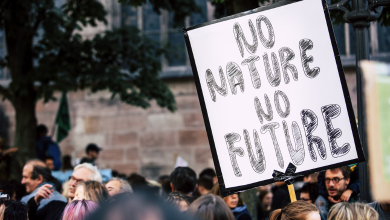Climate Commitments: The Challenge of Net-Zero Goals

As our planet’s climate continues to change, many people and organizations are making promises to help. They say they will reach “net-zero” greenhouse gas emissions. But what does that mean, and how do we know if they are really doing it?
Let’s break it down. Net zero means that a person or a group is not putting more greenhouse gases into the air than they are taking out. Think of it like a big see-saw. On one side, you have the gases that are warming the Earth, like carbon dioxide. On the other side, you have the actions to remove or reduce those gases, like planting trees or using clean energy.
The United Nations is a group of countries that work together to solve big problems, and they are part of a “Net-Zero Coalition.” This means they promise to balance out the greenhouse gases they create with actions to stop those gases from harming the environment. It sounds great, but there’s a catch: we need to make sure they are doing what they promise.
Why does it matter? Well, our climate is changing, and it’s causing problems like extreme weather, rising sea levels, and damage to nature. So, when someone says they’ll be net zero, they’re saying they’ll help stop these problems. But we can’t just take their word for it. We need proof that they’re actually making a difference.
Let’s talk about some important things to make sure net-zero promises are real and effective.
1. Counting the Emissions:
First, we need to know how many greenhouse gases are being produced. It’s like counting your pocket money. You can’t save or spend it wisely if you don’t know how much you have. So, countries and organizations must measure and report their emissions. This way, we can see if they are reducing them over time.
2. Reliable Plans:
Making a plan is a good start, but it needs to be rock-solid. People should know exactly what actions will be taken to cut emissions. For example, they might decide to use renewable energy like wind and solar power. Or they might work to make buildings more energy-efficient. Clear plans are like maps that show the way to a net-zero destination.
3. Accountability:
Being accountable means taking responsibility for your actions. If someone says they’ll be net-zero by a certain year, they should stick to that promise. If they don’t, there should be consequences. Like when you promise to finish your homework by a certain time, you need to do it or face a consequence.
4. Don’t Cheat:
Avoiding “greenwashing” is important. Greenwashing is when someone pretends to be environmentally friendly when they’re not. It’s like painting a dirty old car green and saying it’s an eco-friendly electric car. People should be transparent and honest about their actions. We need to know that they’re really helping the planet.
5. Science and Technology:
We must invest in science and technology to find new ways to remove or reduce greenhouse gases. This can be through innovations like carbon capture or reforestation. Science and tech help us find smarter, more efficient ways to make the world cleaner.
Read More: Climate Fight by Biden : Balancing Environmental Goals and Economic Stability
6. Everyone’s Responsibility:
It’s not just up to governments and big organizations. We all have a role to play. We can reduce our carbon footprint by using public transport, conserving energy, and recycling. Every small action adds up to make a big difference.
When we look at the Net-Zero Coalition or any net-zero commitment, it’s important to see if these things are happening. It’s not just about saying the right words; it’s about doing the right actions. As we move towards a cleaner and greener future, it’s crucial to ensure that promises to fight climate change are credible and effective. Our planet’s health depends on it, and we all share the responsibility to make it happen.



